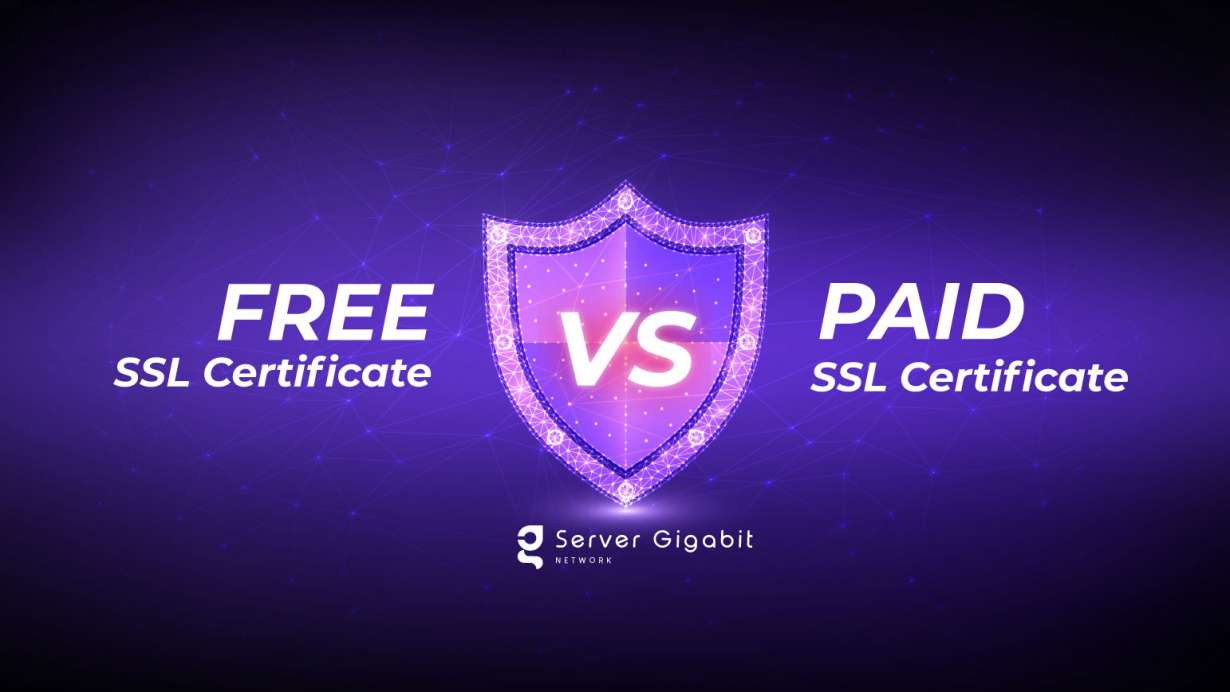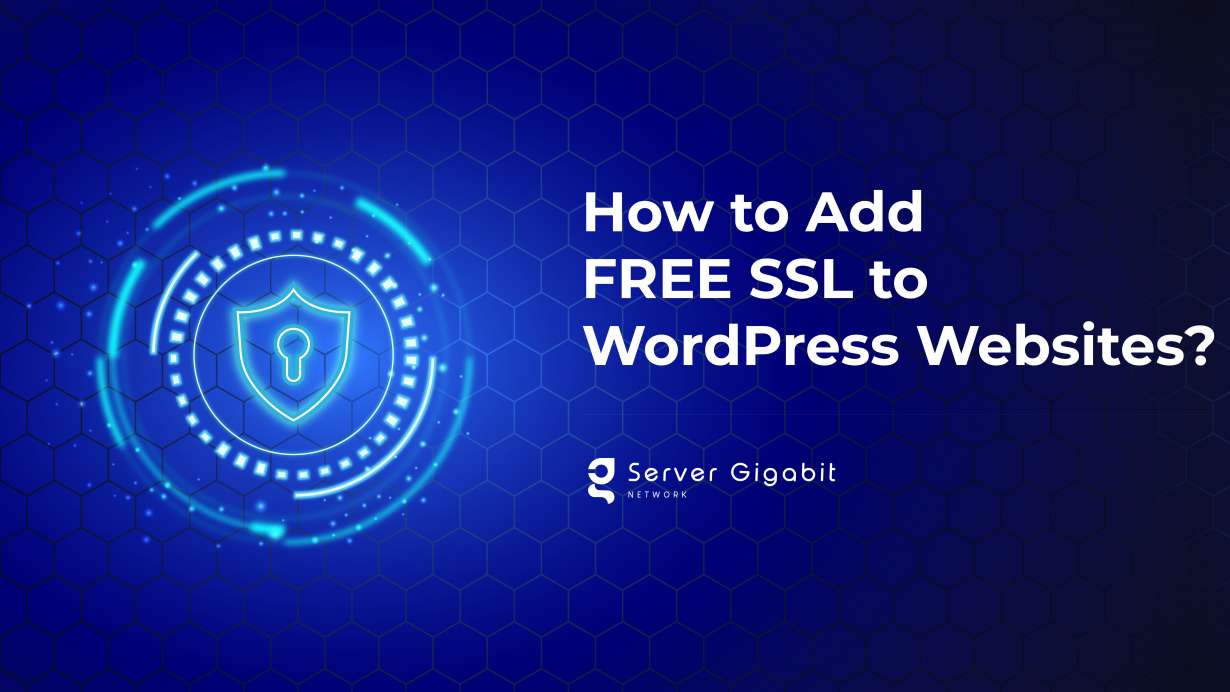What is V2Ray? V2ray or vmess protocol to be precise, is a sophisticated version of the famous Shadowsocks. At the core, v2ray is also based on SOCKS5 proxy. Normally, proxies lack encryption, and that’s what differentiates a VPN and a proxy. Shadowsocks is a SOCKS5 proxy with encryption, and vmess is the next-gen Shadowsocks. V2Ray includes two “protocols” vmess, v2ray’s…









